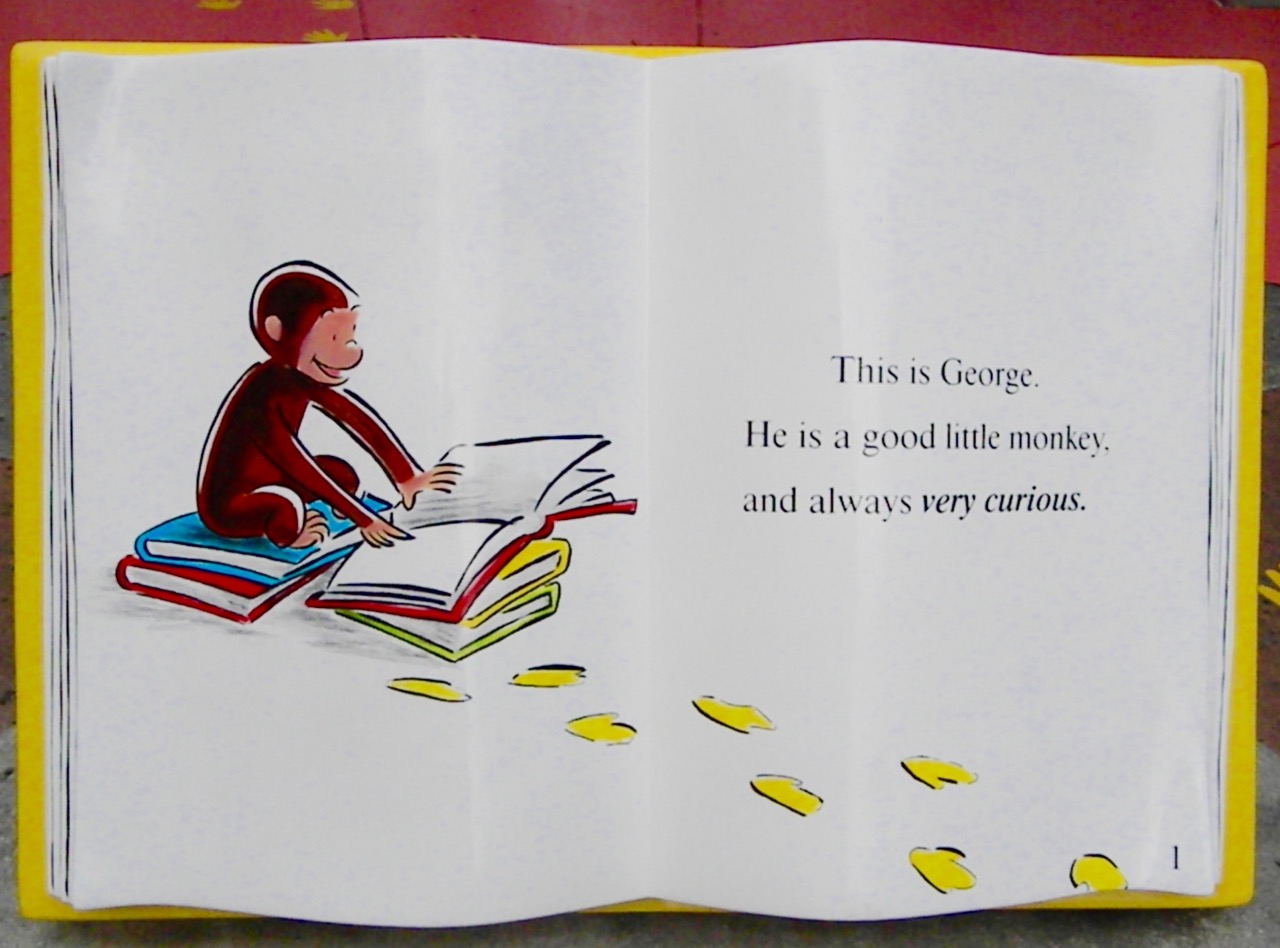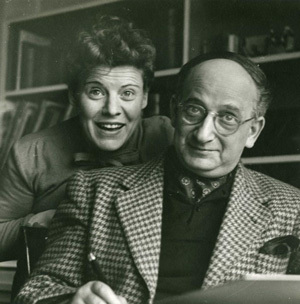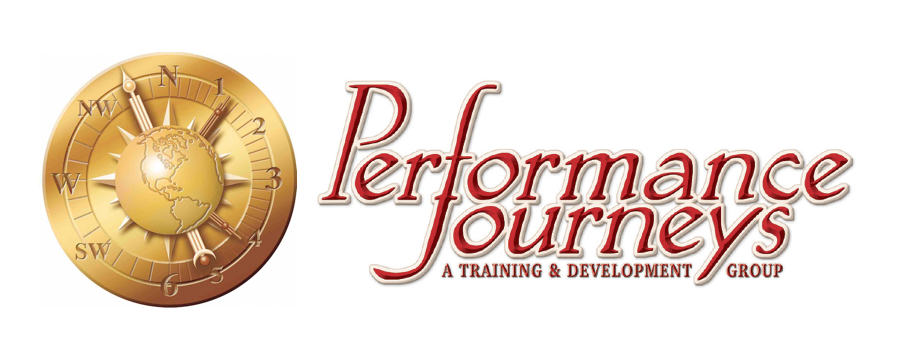You’re probably familiar with this storybook character:

Children for generations have loved the Curious George books and have treasured not only reading them in their childhood, but ultimately to their children and grandchildren. The stories open up adventures that allow children to explore–and ultimately develop their curiosity. We would do well to have more curiosity in the world–particularly in the business world. Oh, that we were built like George. We would have the most curious anatomy:
Eye—The curious always search beyond the obvious. They’re looking for the uncommon, the unlikely, and the infrequent. They are not blinded by the first idea that comes along. George is alway looking around.
Muscle—George was a small monkey, so he didn’t have a lot of strength. But real curiosity requires cardio effort! Malcolm Muggeridge said: “Never forget that only dead fish swim with the stream.” When you refuse to accept the obvious, it will require heavy lifting and vigorous pursuit.
Ear—Listen. They are hearing others. They are making sense of where others are coming from. They are very much in the pursuit of what Stephen R. Covey calls, “Seek first to understand before being understood.”
Reflexes—Slow when jumping to conclusions, but quick like a monkey when jumping into new territory.
Brain—In their cerebral cortex, the curious are always in the question. They are always pondering pieces of information. They sort out clues and identifying reasons from both the right and left sides of their brain. From their memory, they call on their own experiences to sort through new possibilities, yet allow their neurons to make new connections not previously made.
Mouth—George didn’t say a whole lot. But we as humans should. Consider the statements curious people make:
- “I’m not entirely convinced”
- “Let’s not jump to the conclusion”
- “What if…?
- “Could there be another way?
We have to find and/or develop those traits inside ourselves, as well as those we associate with. Albert Einstein once noted: “I have no special talents, I am only passionately curious.” Walt Disney understood this as well. “When you’re curious, you find lots of interesting things to do.”
How are you a Curious George? What part of you do you use to exercise that curiosity?
Incidentally, Hans Augusto Reyersbach (H.A. Rey) and Margret Rey penned and illustrated the manuscript for what ultimately became the character for Curious George many years ago in Paris.

In 1940, they fled on two self-made bicycles only hours before the Hitler invaded the City of Lights. Ultimately, they settled in Cambridge, Massachusetts where they lived out the remainder of their lives. Imagine if they had accepted their situation in Paris, afraid to flee. We might not have George today.
We should all be curious like George, and Hans, and Margret.
